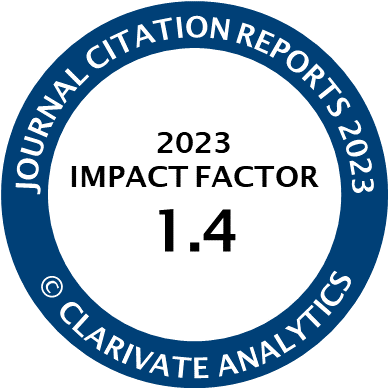Article | Open Access
‘Notorious Schools’ in ‘Notorious Places’? Exploring the Connectedness of Urban and Educational Segregation
| Views: | 4952 | | | Downloads: | 2045 |
Abstract: While the statistical link between residential and school segregation is well-demonstrated, in-depth knowledge of the processes or mediating mechanisms which affect the interconnectedness of the two phenomena is still limited. By focusing on well-functioning schools in disadvantaged neighbourhoods, our article seeks to scrutinise whether reputation can be one of the key mediators of the connection between residential and school segregation. Our study combines qualitative ethnographic interviews from four (pre-)primary schools with quantitative segregation measures in four urban neighbourhoods in the Finnish capital city of Helsinki to understand the connections between lived experiences and socio-spatial segregation. The results show that there appears to be a clear link between neighbourhood and school reputation, as schools in disadvantaged neighbourhoods are strongly viewed through the perceptions attached to the place. Despite the case schools’ excellent institutional quality and high overall performance in educational outcomes, there is a consistent pattern of the schools struggling with negative views about the neighbourhoods, which seep into the schools’ reputation. Since school reputation is one of the central drivers of school choices and is also linked to residential choices, the close connection between neighbourhood and school reputation may feed into vicious circles of segregation operating through schools. The results highlight the need for integrated urban policies that are sensitive to issues concerning school reputation and support the confidence and identity of pupils, reaching beyond simply ensuring the institutional quality of schools.
Keywords: educational inequality; Helsinki; image; reputation; residential segregation; school segregation; stigmatisation
Published:
© Venla Bernelius, Heidi Huilla, Isabel Ramos Lobato. This is an open access article distributed under the terms of the Creative Commons Attribution 4.0 license (http://creativecommons.org/licenses/by/4.0), which permits any use, distribution, and reproduction of the work without further permission provided the original author(s) and source are credited.




